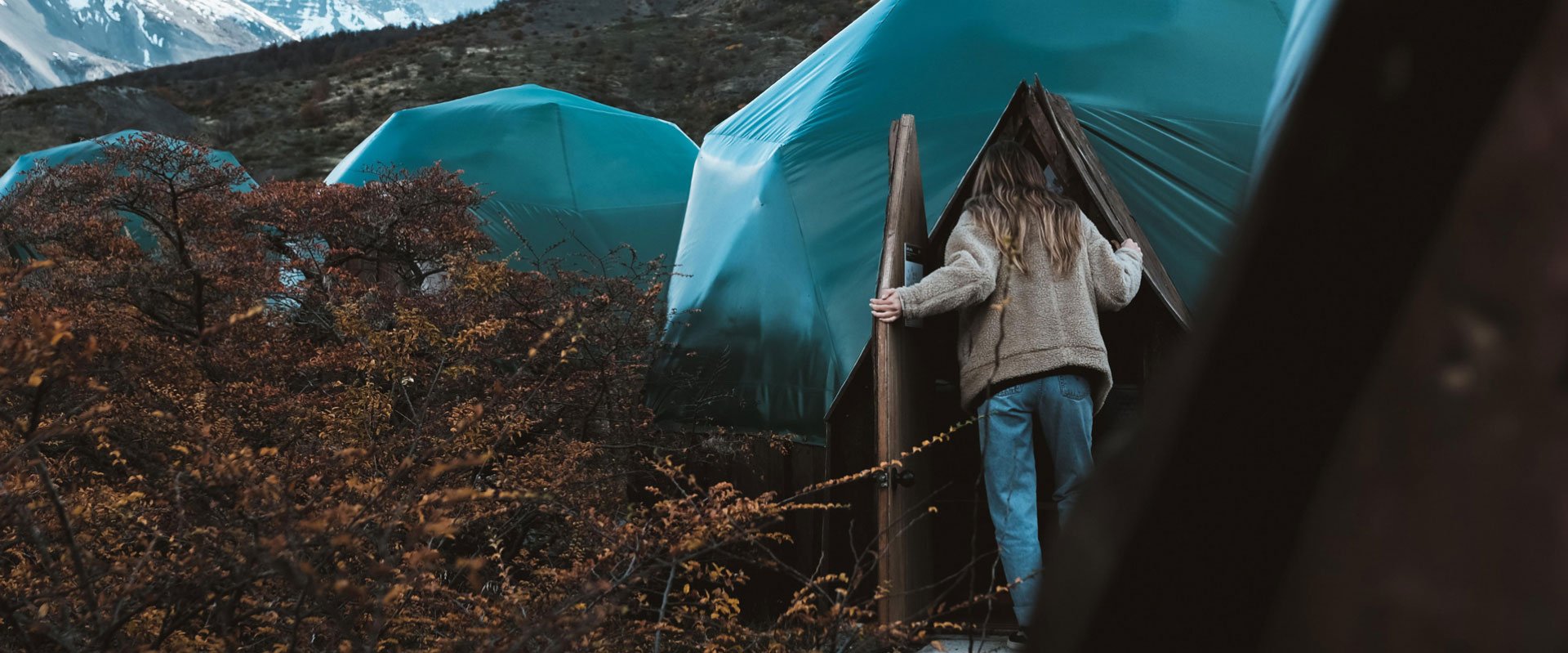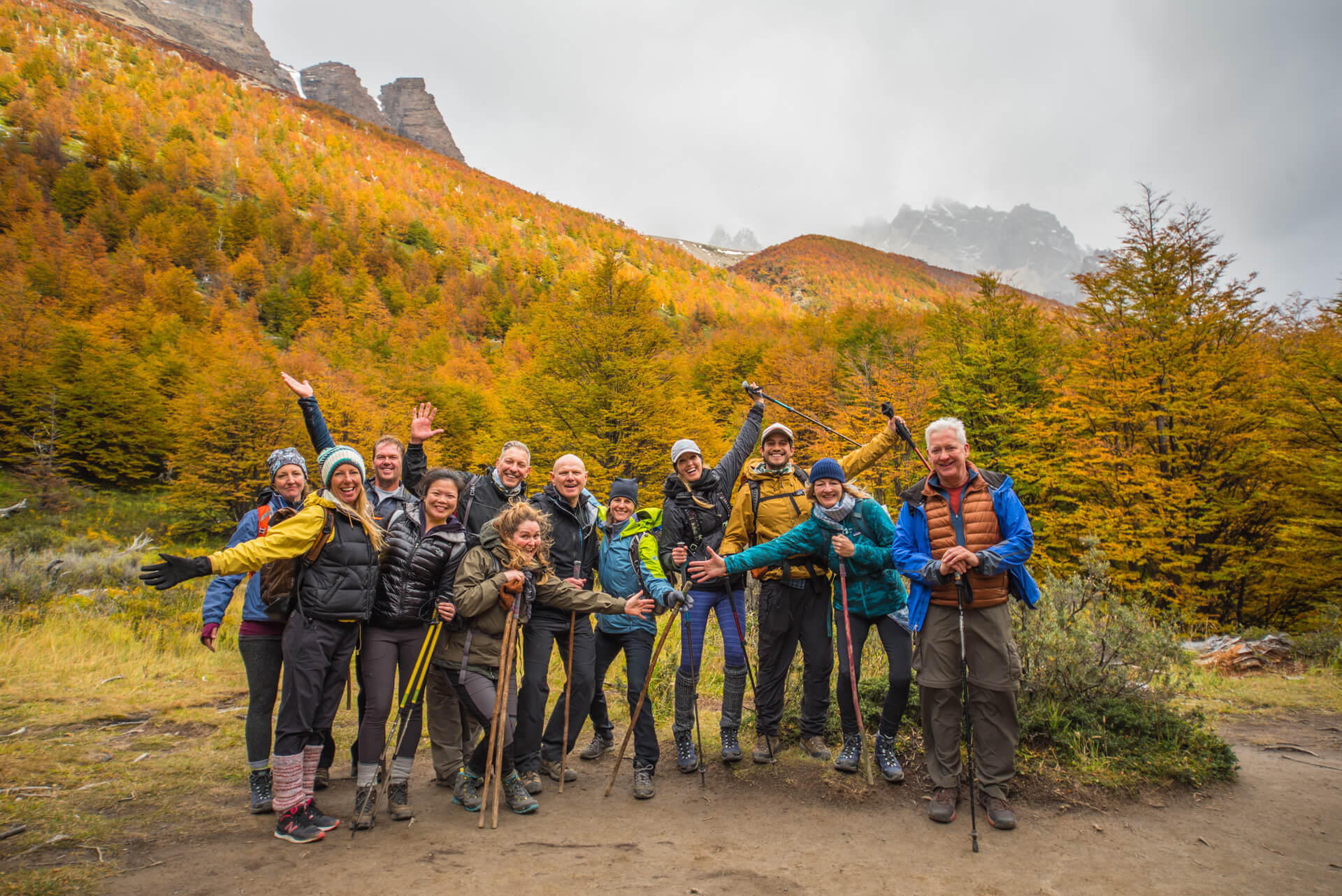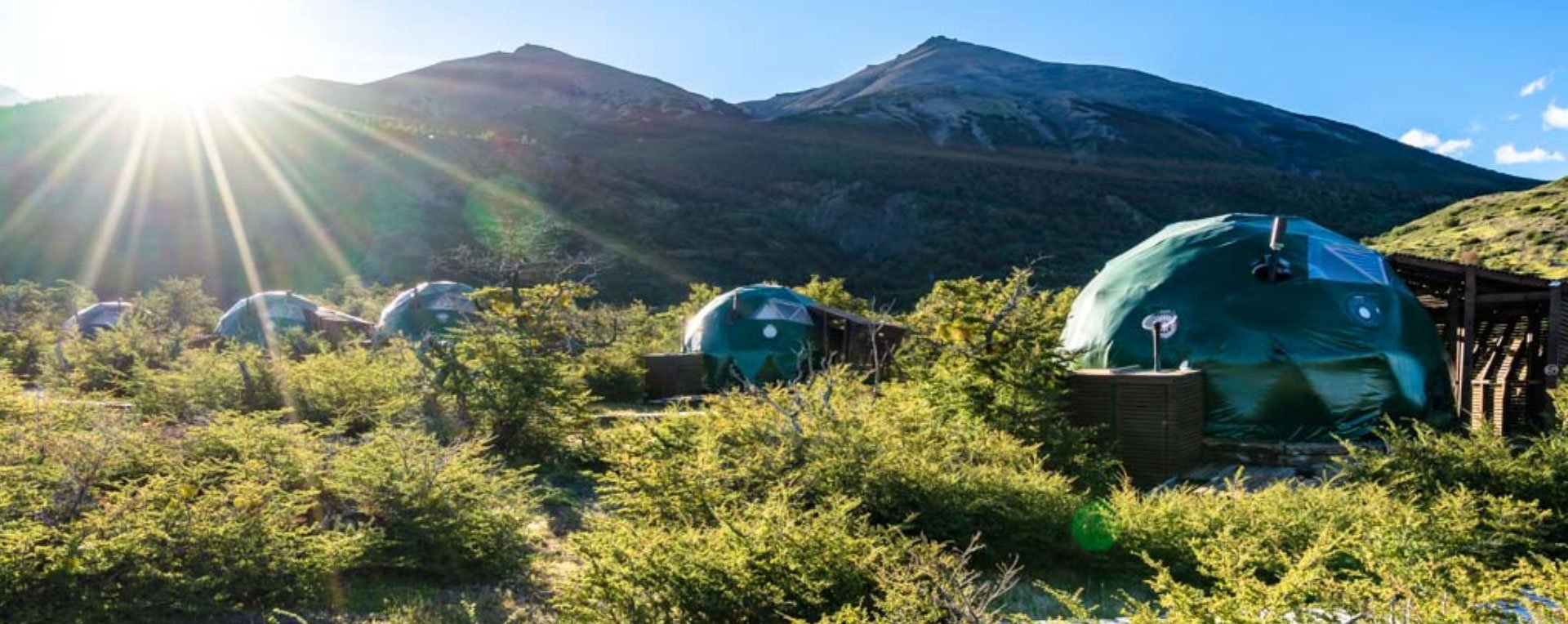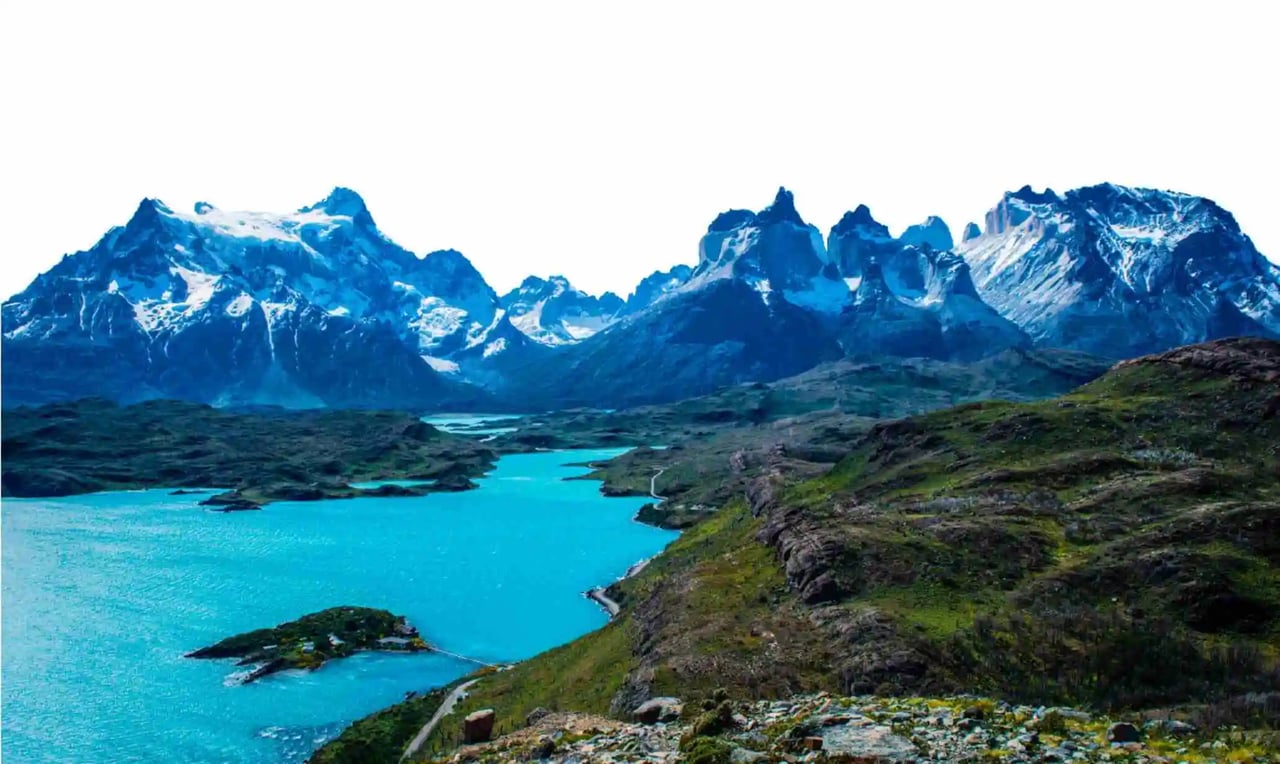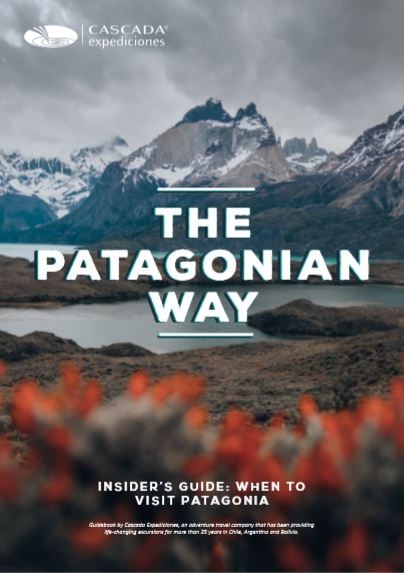Back in 2014, Victor Moraga – a Chilean vet, horses expert and nature guide – made a dream come true while founding “Patagonia Bagual”, a project unique of its kind in Chile. Victor was not only interested in bringing travelers to this remote area of Torres del Paine National Park. He and his partner Victor Fernández wanted to mix responsible tourism with science to increase the knowledge about wild horses – called “Baguales” locally – and study the behavior of the local herd on the long term.
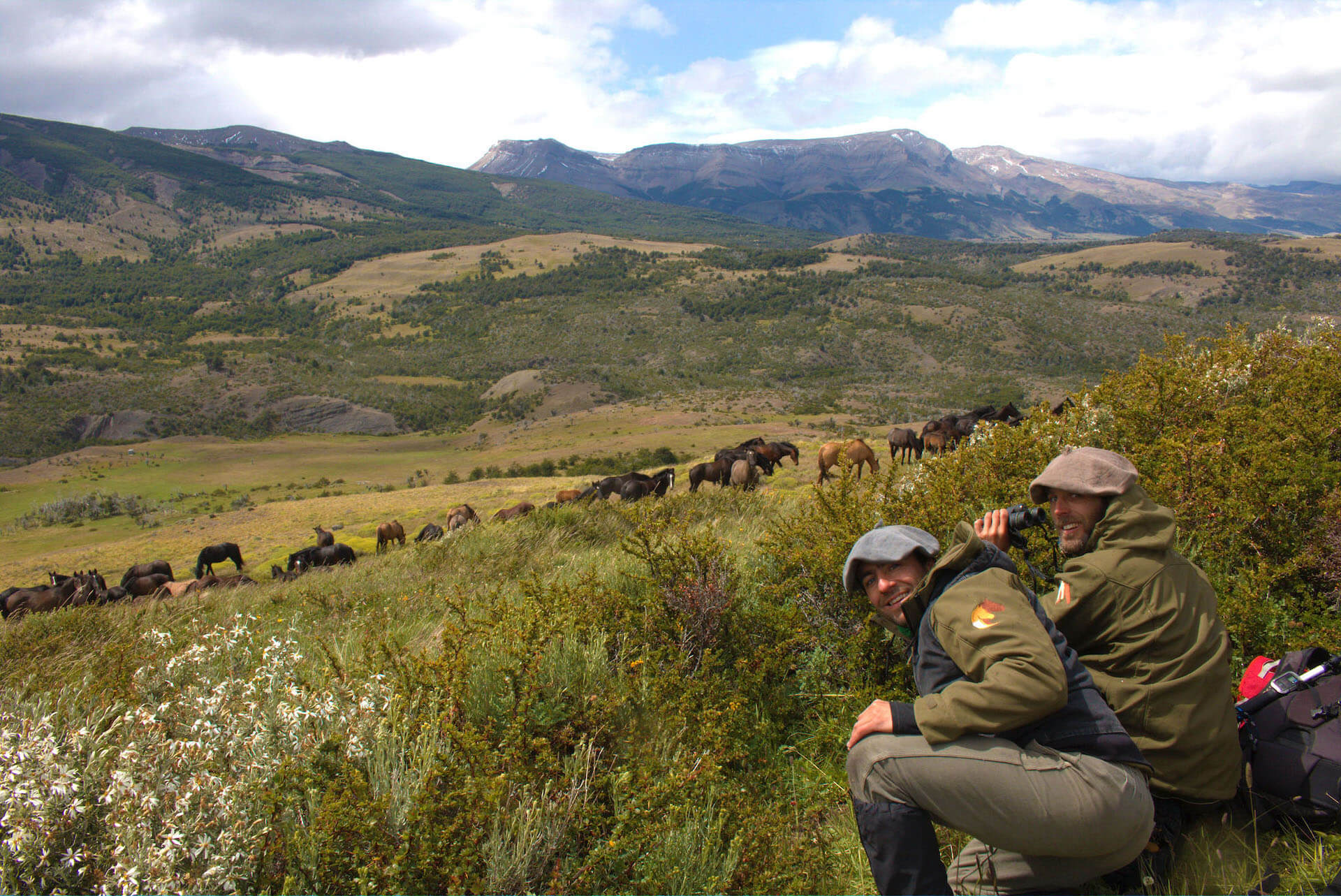
Victor lives full-time in the Laguna Azul area, on the eastern side of the national park. Here there is no mass tourism; only the most passionate wildlife lovers come to visit this area of lush green forests and hidden lagoons. A herd of more than 100 wild horses inhabits the Stokes Valley area, their only predator being the elusive puma. A special permit is required to enter this vast area, hence the fact animals here live freely and Victor and his team make sure to keep the area as wild as it is.
From the very months the project was born, Victor decided to go one step further with the purchase of camera traps. The aim was to study the whole ecosystem – not only the wild horses – and to understand better the interaction of the animal species in the area. Now Patagonia Bagual owns 10 camera traps and gathered some incredible footage we were pleased to introduce through the following video.
We met Victor to understand better how valuable this content truly is. He welcomed us in his tiny house in the woods, surrounded by a nothofagus forest.
.jpg?width=4148&name=Paseo%20por%20Laguna%20Azul%20(13%20of%201).jpg)
What did you buy the camera traps for?
We initially bought our first camera traps in 2014 to study the interactions between the horses – though with no clear objective. At that time, we had no experience with such cameras. We bought 4 of them from the internet and set it up in spots we knew the animals were going through. We could therefore have a better idea of how the horses interact between each other, but also how other animals were moving in the area. After a couple of years of experience, we improved our technics, bought 6 other cameras – a total of 10 – with the aim to have a greater definition of the ecosystems in the reserve, to be able to follow some specific animal species (for ex. Geoffroy’s cat, Coruro) and to study specific events (for ex. An animal eating, a dead animal, etc.)
What is the most valuable footage you caught on camera?
We never stop discovering new things about the horses’ behavior. We have plenty of footage featuring wild horses, however we also managed to capture some footage of rare animals. For instance, we have footage of the Geoffroy’s cat, a wild cat native from the region the size of a domestic cat known for its black spots and dark bands on the cheeks, head and neck. This nocturnal, solitary animal is very good at hiding however the videos helped us having a clear idea of the area it inhabits. We have some great footage all the animals that take advantage of one single dead animal. From one dead guanaco, we could get images of species such as condors, southern caracaras, armadillos and pumas. It is a valuable content to understand the food chain in the region.
.jpg?width=1787&name=Thumbnail%20(1%20of%201).jpg)
What are the techniques you are using to get the footage you are looking for?
The use of camera traps in this area is complex, as we must cover a huge area. We have more than 10,000 hectares to play with. This means we have to have a clear idea of what footage we are seeking (a place/an event/an animal) to make the best use of the ten camera traps we are using. Once we decide that, we usually set up two or three cameras in one single spot. This way we can get different perspectives and increases the chances of finding an animal when it leaves the place.
Why do you think camera traps are such great tools?
With camera traps you can take a look into the hidden life of animals. You can film wildlife without disturbing the fauna you want to study. And because you don’t interact with these animals, you can see how they behave in real life. Camera traps basically act like hidden eyes and it can provide you with great quantity of information, about a place, the health condition of the animals, behavior, etc. There are always new things to learn about wildlife!
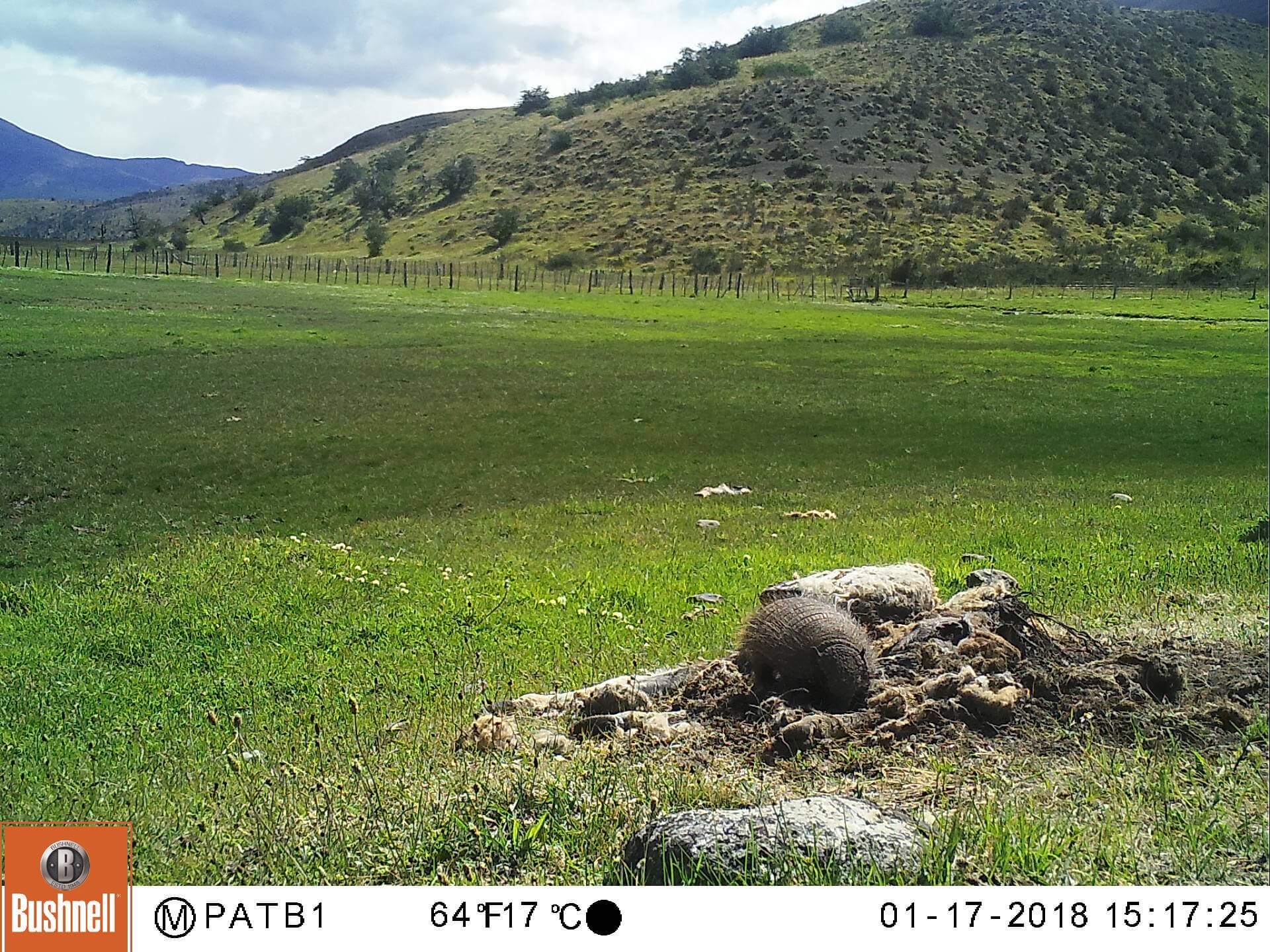
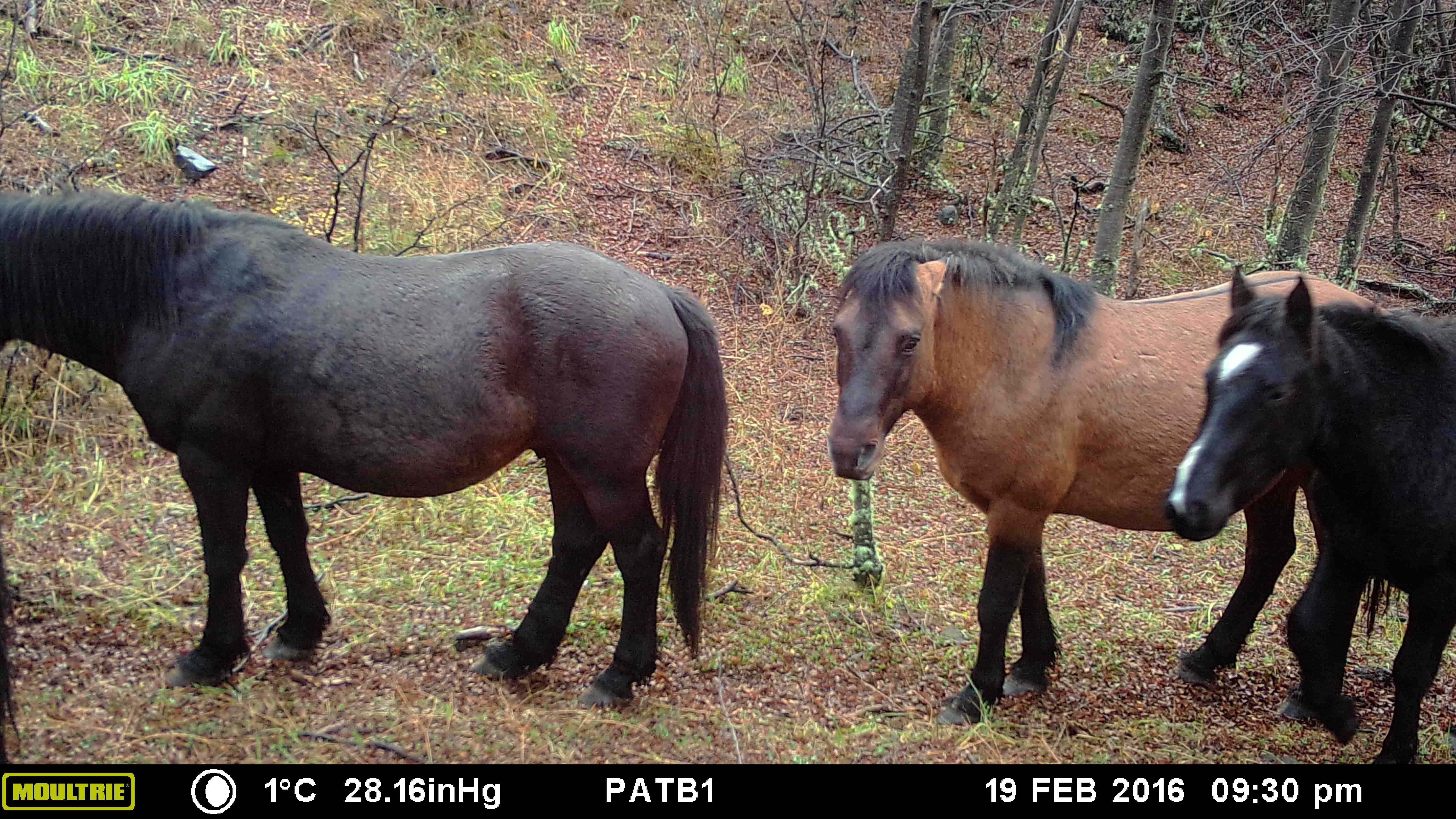
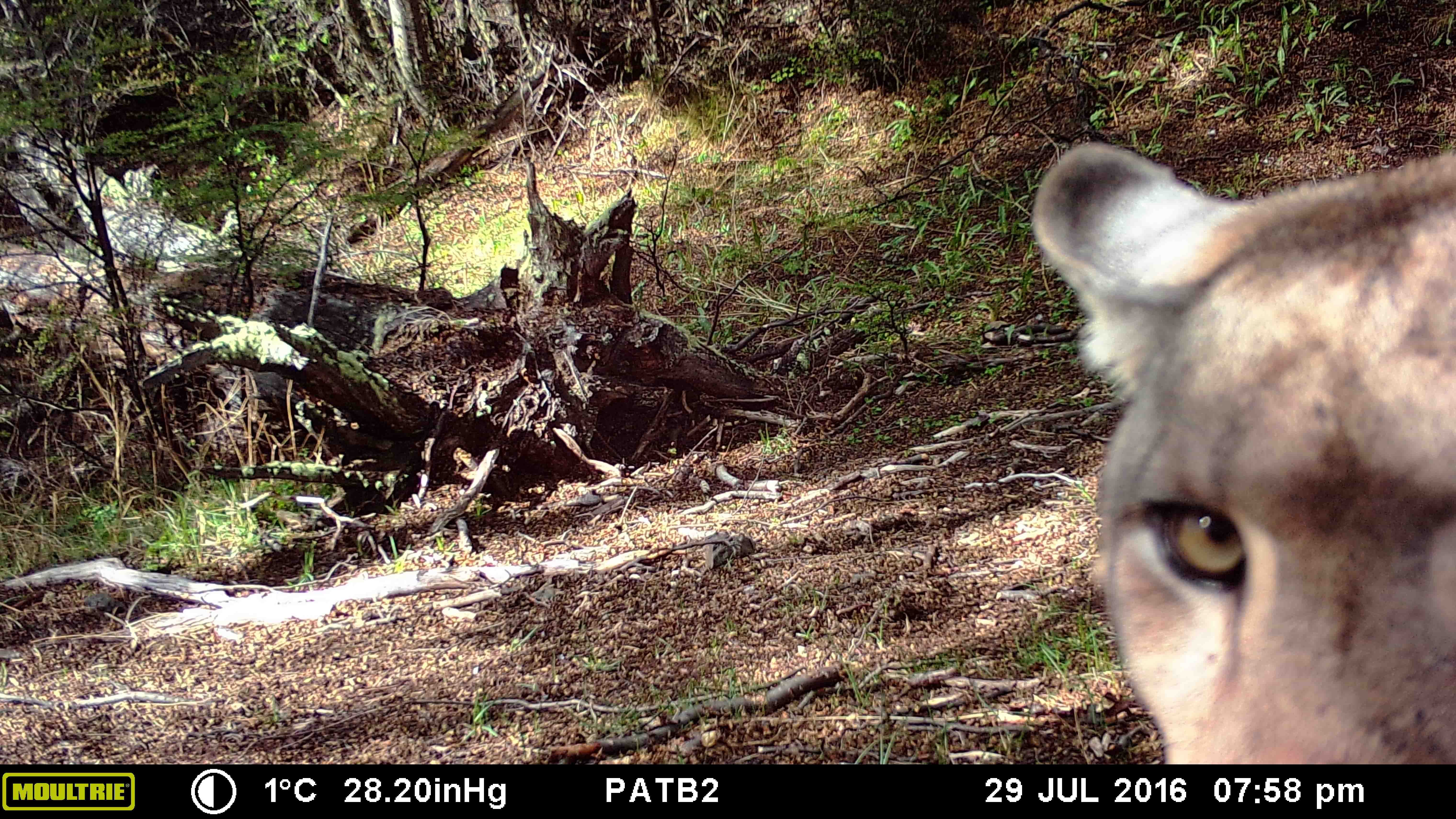
The Stokes Valley area can be explored once a week as part of our Wildlife Safari program, where you can learn more from the camera traps project!

